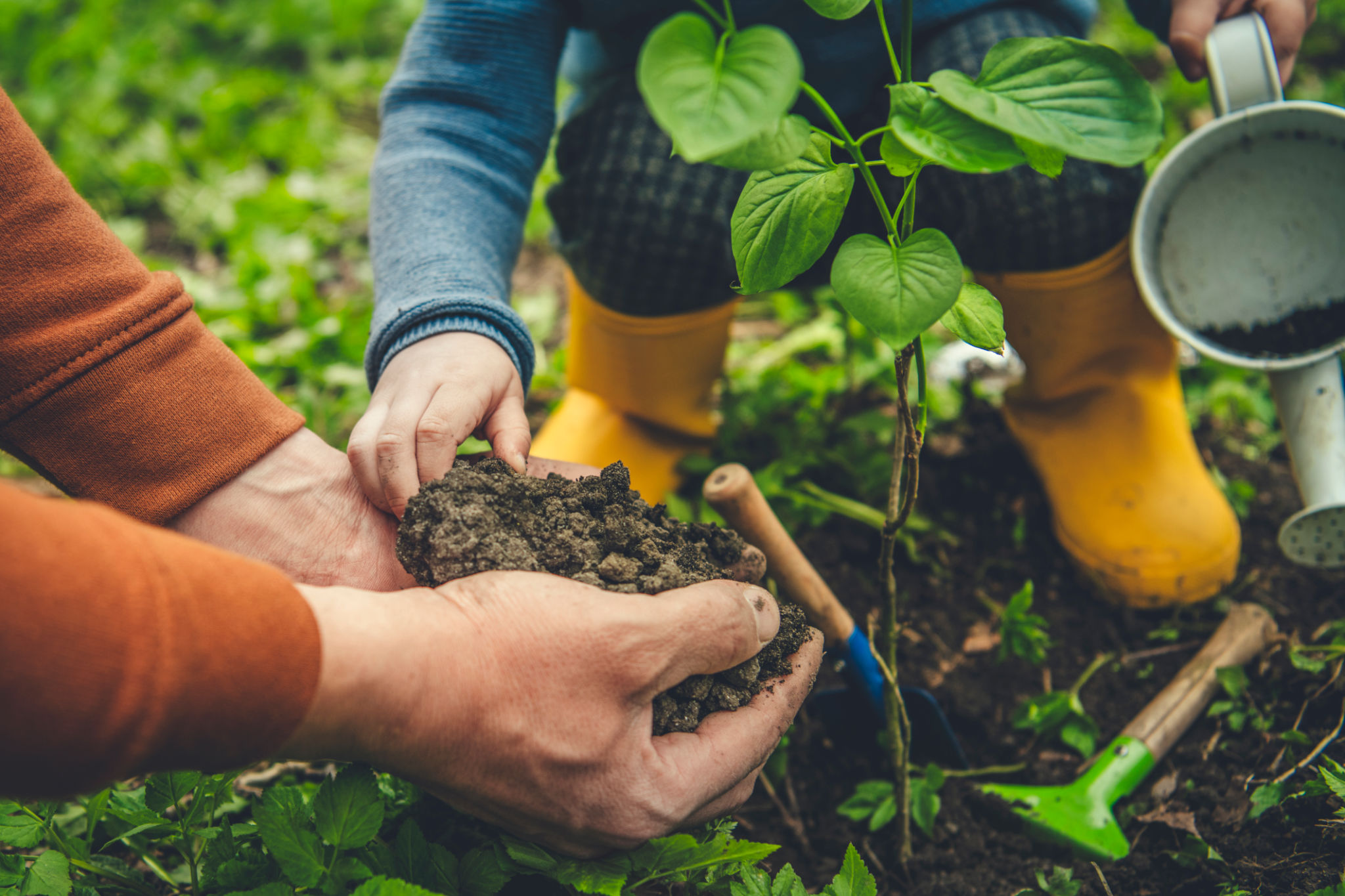How to Start a Sustainable Food Forest in Your Backyard
Understanding the Concept of a Food Forest
Starting a sustainable food forest in your backyard is an innovative way to cultivate a self-sustaining ecosystem that provides food while supporting biodiversity. A food forest mimics a natural forest, incorporating layers of plants that work together to create a balanced and sustainable environment. This approach is not only environmentally friendly but also offers a bountiful harvest of fruits, nuts, vegetables, and herbs.
The key to a successful food forest is understanding the different layers that make up the ecosystem. These layers typically include canopy trees, understory trees, shrubs, herbaceous plants, ground cover, vines, and root crops. Each layer plays a crucial role in the overall health of the forest, contributing to soil fertility, water retention, and pest control.

Planning Your Food Forest
Before planting, it’s essential to plan your food forest carefully. Start by assessing the size of your backyard and the climate in your region. Consider the direction of sunlight and the type of soil present in your garden. These factors will influence the selection of plants and the layout of your forest.
Create a sketch or map of your proposed design, marking where each layer will be planted. Keep in mind that taller canopy trees should be positioned to provide shade for shade-loving plants, while sun-loving species should be placed in areas with ample sunlight. Planning ahead will help ensure that all elements of your food forest work harmoniously together.
Selecting the Right Plants
Choosing the right plants is crucial for the success of your food forest. Opt for native species that are well-adapted to your local environment. Native plants are more likely to thrive and require less maintenance than non-native species. Additionally, they provide habitat and food for local wildlife, enhancing biodiversity.

When selecting plants, consider their growth habits, size, and compatibility with other species. Choose a mix of fruiting trees, nitrogen-fixing plants, and pollinator-friendly flowers to create a diverse and resilient ecosystem. Incorporating a variety of plant types will also ensure that you have a continuous harvest throughout the year.
Implementing Sustainable Practices
Sustainability is at the heart of a food forest. Implementing organic gardening practices will help maintain soil health and reduce environmental impact. Avoid using chemical fertilizers or pesticides, as these can harm beneficial insects and microorganisms in the soil. Instead, utilize natural composting and mulching techniques to enrich your garden organically.

Water conservation is another critical aspect of sustainability. Implement rainwater harvesting systems and use drip irrigation to minimize water waste. By managing water resources wisely, you can ensure that your food forest remains productive even during dry spells.
Maintaining Your Food Forest
Once your food forest is established, regular maintenance is necessary to keep it thriving. Prune trees and shrubs to promote healthy growth and prevent overcrowding. Regularly monitor plant health and address any pest or disease issues promptly using organic methods.
Over time, your food forest will become more self-sustaining, requiring less intervention as natural processes take over. Enjoy the benefits of fresh produce and the satisfaction of contributing to a healthier planet through sustainable gardening practices.
